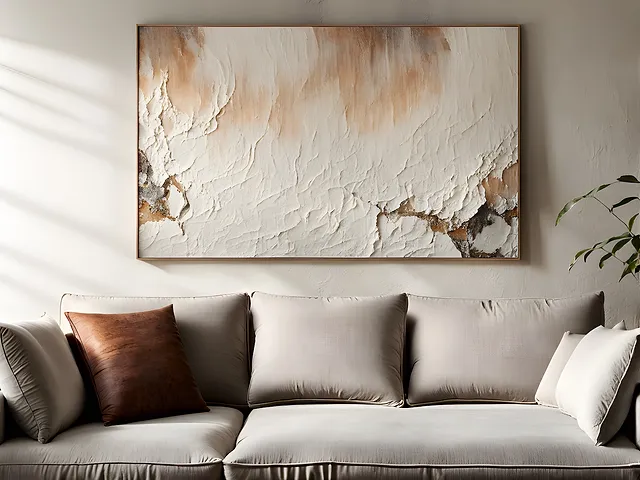The Intersection of Technology and Art – Pioneering Designs Shaping the Future
The intersection of technology and art is increasingly shaping the future, giving rise to pioneering designs that transcend traditional boundaries and create new forms of expression. This convergence is not merely a fusion of disciplines but a dynamic interaction that is revolutionizing how we perceive, create, and interact with art and design. As technology advances at an unprecedented pace, artists and designers are harnessing its potential to push the limits of creativity, resulting in innovative works that challenge conventional aesthetics and offer new ways of experiencing art. One of the most significant developments in this intersection is the rise of digital art. With the advent of powerful software and hardware, artists can now create intricate and complex works that were previously unimaginable. Digital painting, 3D modeling, and virtual reality VR are just a few examples of how technology is expanding the artist’s toolkit. These tools allow for greater experimentation, enabling artists to explore new styles, forms, and concepts that would be impossible or highly labor-intensive using traditional media.

In addition to digital art, the integration of artificial intelligence AI into the creative process is opening up new possibilities for artistic expression. AI algorithms can analyze vast amounts of data to generate new patterns, compositions, and even entire works of art. This has led to the emergence of generative art, where artists collaborate with machines to produce works that are both surprising and novel. The role of the artist is shifting from that of a sole creator to a curator or conductor, guiding the AI’s output to achieve a desired aesthetic. This symbiotic relationship between human creativity and machine learning is leading to the creation of artworks that challenge our understanding of authorship and originality. The intersection of technology and art is also evident in the rise of interactive and immersive experiences. Installations that incorporate VR, augmented reality AR, and other interactive technologies are transforming the way we engage with art. Instead of being passive observers, audiences can now actively participate in the artistic experience, influencing the outcome of the work in real time.
These immersive environments blur the line between the physical and digital worlds, creating a sense of presence and connection that is both visceral and emotional. Artists and designers are leveraging these technologies to create experiences that are not only visually stunning but also deeply engaging and thought-provoking. Furthermore, the advent of blockchain technology is revolutionizing the way art is bought, sold, and authenticated. Non-fungible tokens NFTs, unique digital assets that represent ownership of a specific piece of digital content, are enabling artists to monetize their work in new ways. NFTs have sparked a new wave of creativity, with artists exploring the potential of this technology to create works that are not just digital copies but unique digital originals. SPMD has also raised important questions about the value and ownership of digital art, challenging traditional notions of scarcity and authenticity. In conclusion, the intersection of technology and art is fostering a new era of creativity, where the boundaries between the two are increasingly blurred.
